Destruction, Creation, and Regeneration
After 43 years of dormancy, Taal Vocano has roused itself into an ongoing eruption that started on January 12, 2020. Located in Batangas, Calabarzon, Taal Volcano spewed ashes to parts of Central Luzon and reaching as far as Metro Manila. Flights were cancelled, classes in schools were suspended, and daily life quickly turned into an act of survival against the risks and dangers of volcanic activity.
Natural calamities or disasters like the eruption of a volcano are harsh yet needed reminders of the power that nature has over us; that no amount of human wealth or status can rival the natural forces that surrounds us. Volcanic eruptions and seismic shifts are a part of nature’s constant flux that has been occurring long before human beings appeared on Earth. Our ancestors were keen on this phenomenon and treated it with respect and reverence. Through myth and culture, indigenous traditions have attributed volcanoes to gods and goddesses and volcanic activity to the workings of these deities manifesting the cycles of nature in the form of destruction, creation, and regeneration. Cultures and traditions located in the Ring of Fire have developed mythologies around volcanoes. From Hawai’i’s Pele, goddess of volcanoes and fire and the creator of the Hawaiian Islands; to Rūaumoko, Maori god of earthquakes, volcanoes, and seasons; to the Besakih diety of Mt. Agung in Bali; and Kanlaon, the Visayan fire deity who lives on Mt. Kanlaon in Negros, Philippines, balancing the terror of destruction and its aftermath with rich volcanic soil, the promise of a bountiful harvest and mountain medicine.
Inspired by the myth of Kanlaon who lives in an active volcano, Kularts and Filipino American Development Foundation is commissioning transgender Master Philippine Dance Choreographer, Sydney Loyola to create a new dance project Kanlaon-Dancing in the Light, to premiere December 2020. Honoring the indigenous fire deity, Kanlaon who is believed to appear in both male and female forms.
The dance project is part of Sayaw Sa Ilaw-Dancing in the Light, a dance project that digs underneath the surface of familiar Catholic colonial practices to reassert its indigenous roots. Envisioned as our creative tactics for collective cultural survival, healing, and decolonization, this project is a major component of Kularts 2020 curatorial vision of Lakbai Diwa, Diasporic Spirit.




